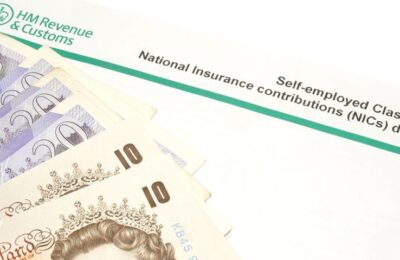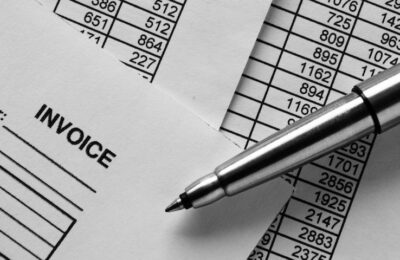Making Tax Digital: Digital link requirements – more complexity!
As long ago as April 2019, VAT-registered businesses with a taxable turnover above £85,000 (the then VAT registration threshold) began following the Making Tax Digital (MTD) guidelines. In a more recent update — VAT Notice 700/22 — HMRC provides further clarification on digital link requirements and the soft-landing period.
What does Making Tax Digital mean for VAT-registered businesses?
MTD guidelines require you to keep digital financial records and file VAT returns via approved software. Your accountant will be able to advise you on which software can be used. Cloud-based accounting software is nothing new but if your digital records are up to date, the approved software for MTD will pull all the accounts details together and allow your return to be submitted online. Once submitted, you’ll receive confirmation through your software that it has been received by HMRC.
So, what areas has HMRC given more clarification on?
It’s all about “Digital links obligations”
In this latest update, HMRC has given clarification on the digital links obligations. But what exactly are “digital links” and what does it all mean for your business?
A digital link exists where an exchange of data needs to be made electronically between software programmes or applications. You should be able to provide digital records of your VAT transactions without the chain getting broken with manual documents such as handwritten notes.
HMRC has said: “You must not note down details from an invoice in a ledger, then use that handwritten information to manually update another part of the business functional compatible software system.”
You will also no longer be able to ‘cut and paste’ or ‘copy and paste’ records for HMRC now that the soft-landing period has ended.
What about spreadsheets?
The defintion of an acceptable “digital link” does include linked cells in spreadsheets. So, if you have a formula in one sheet that mirrors the source’s value in another cell, that’s accepted.
HMRC also accepts the following as acceptable digital links:
- Emailing a spreadsheet containing digital records, so information can be imported into another software product
- Transferring a set of digital records onto a portable device (for example, a memory stick or flash drive) and physically giving this to someone else, who then imports the data into their software
- XML, CSV import and export, and download and upload of files
- Automated data transfer
- API transfer
This list is not exhaustive, so it’s best to talk to your accountant about the digital stepping stones you plan to use.
You can find more examples at GOV.UK of when digital links are required, which digital links are required and the variety of digital record-keeping and reporting options available.
End of the soft-landing period
The update also reminds businesses that the soft-landing period for digital links expired on 1 April 2021, along with the digital links extension application process.
Help. I’m still using cut and paste
If you’re still using cut and paste, don’t panic. Check if the data you’re copying and pasting is specified as a digital record in the MTD for VAT regulations. Consider switching to MTD compatible accounting software, and speak to an accountant to make sure your business is compliant.
The further roll-out of Making Tax Digital
Back in April 2022, HMRC rolled out Making Tax Digital to all VAT-registered businesses. From April 2026, it will be applied to anyone filing self-assessment tax returns for business or property income of £50,000 or more. From April 2027 the turnover threshold will be reduced to £30,000 and reduced again to £20,000 in April 2028. These changes will cover most self-employed people and buy-to-let landlords.
If this all seems very complicated and confusing, then as HMRC suggests, talk to us about how the changes will affect you and what you need to do. We are here to help you understand these technical requirements.
About Jon Pryse-Jones
Since joining THP in 1978, Jon Pryse-Jones has been hands on with every area of the business. Now specialising in strategy, business planning, and marketing, Jon remains at the forefront of the growth and development at THP.
An ideas man, Jon enjoys getting the most out of all situations, “I act as a catalyst for creative people and encourage them to think outside the box,” he says, “and I’m not afraid of being confrontational. It often leads to a better result for THP and its clients.”
Jon’s appreciation for THP extends to his fellow team members and the board. “They really know how to run a successful business,” he says. He’s keen on IT and systems development as critical to success, and he continues to guide THP to be at the cutting edge and effective.
Read more about Jon Pryse-Jones More posts by Jon Pryse-Jones











